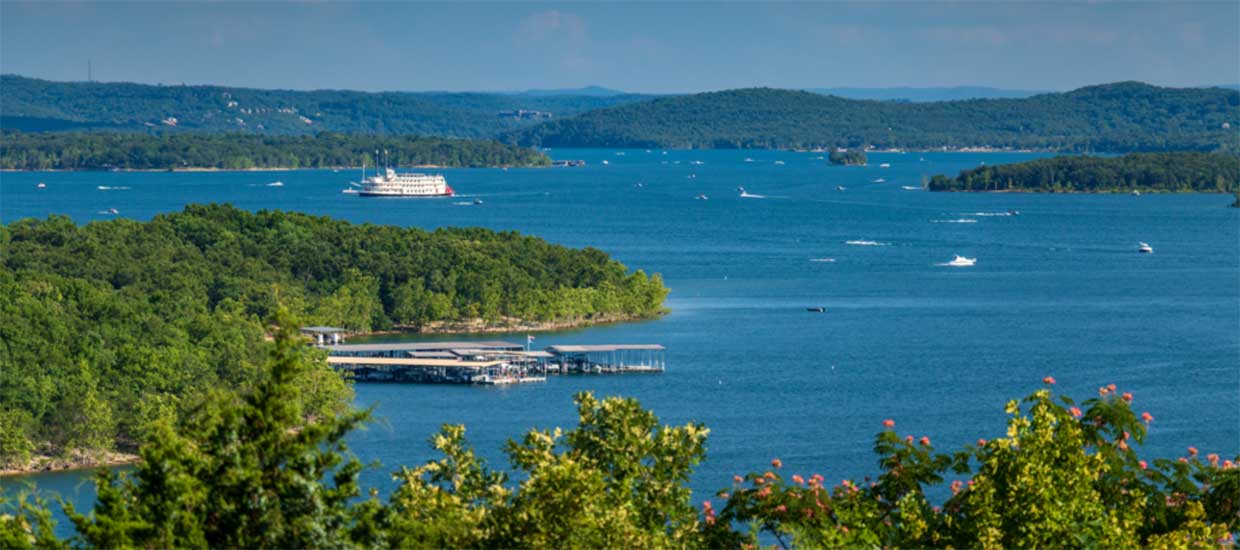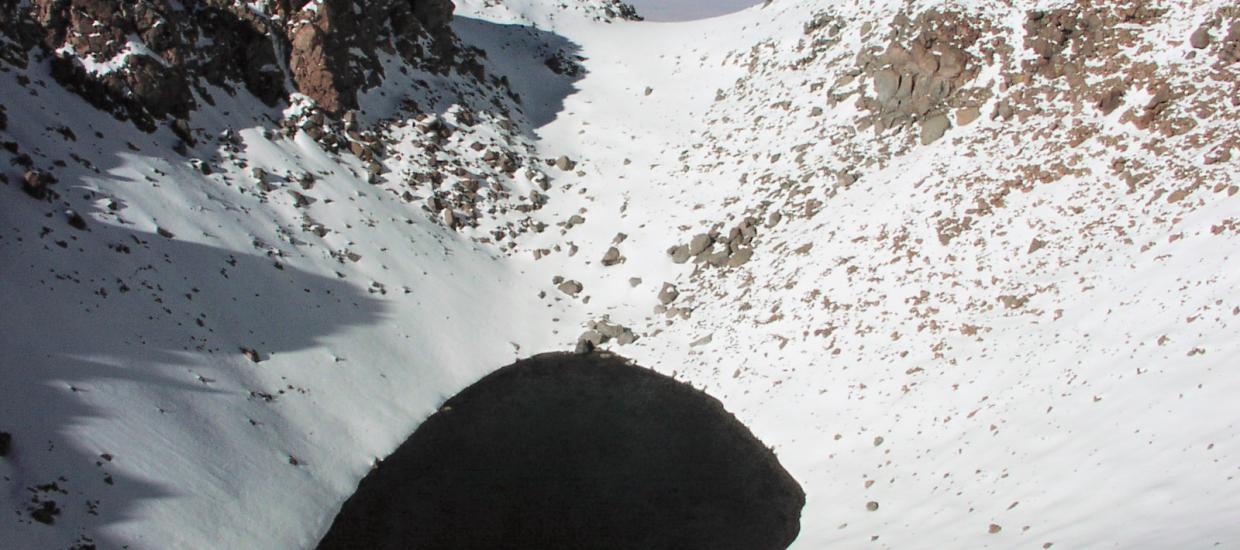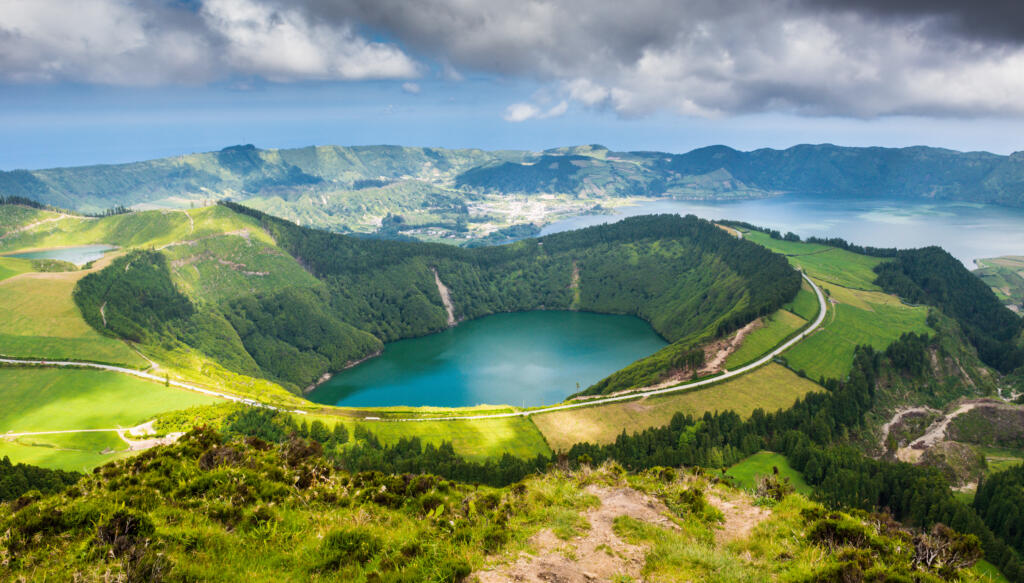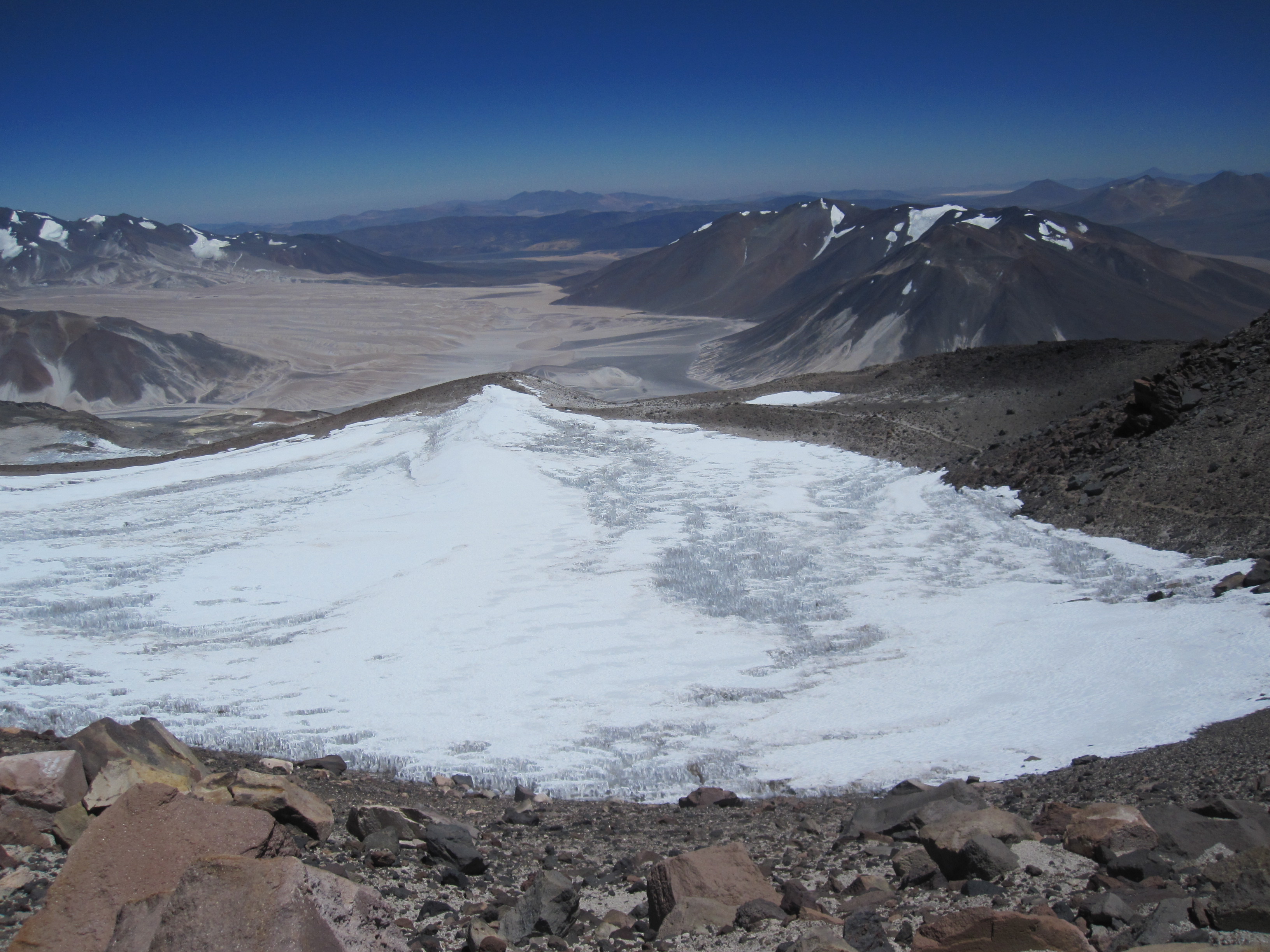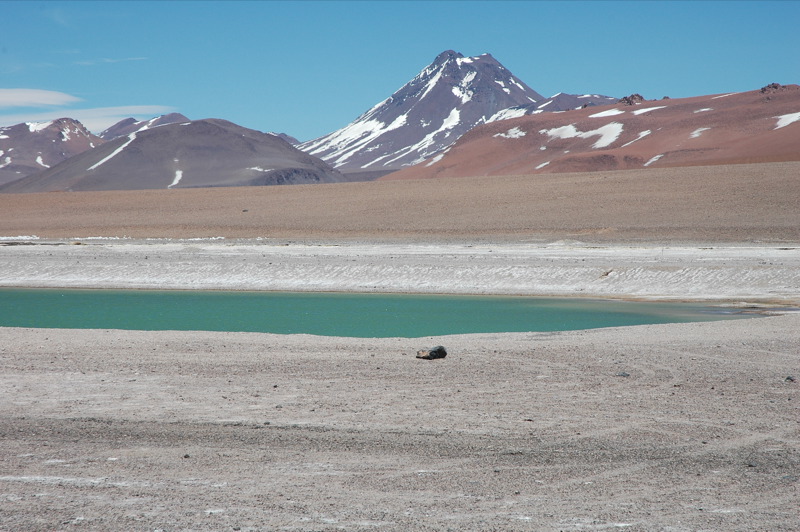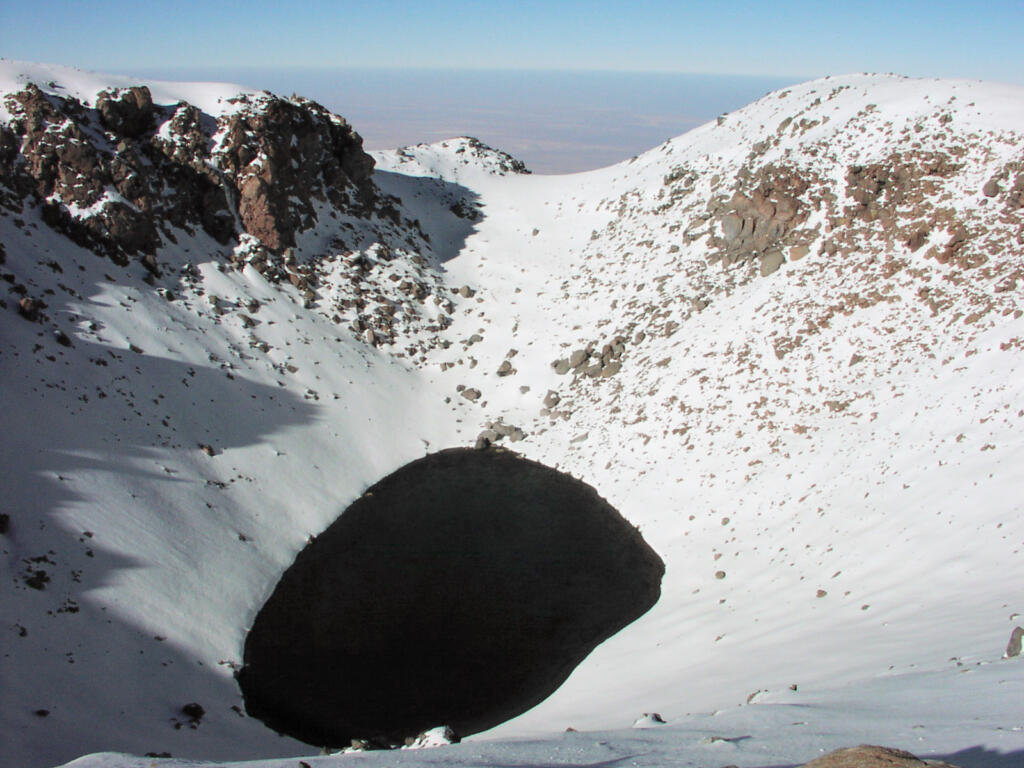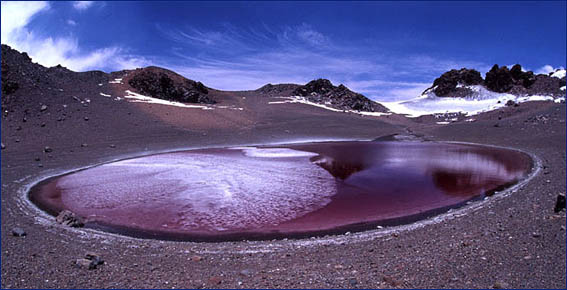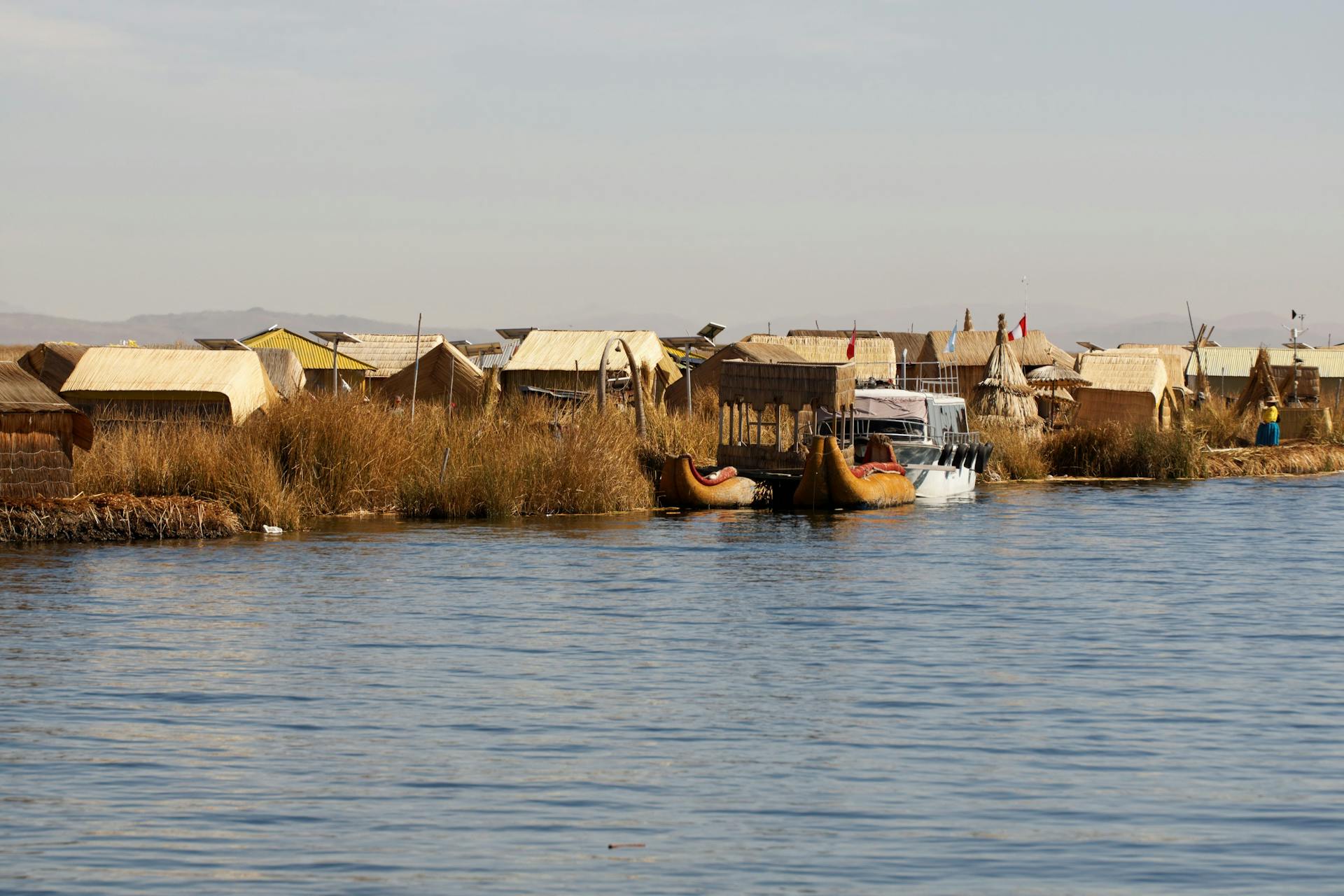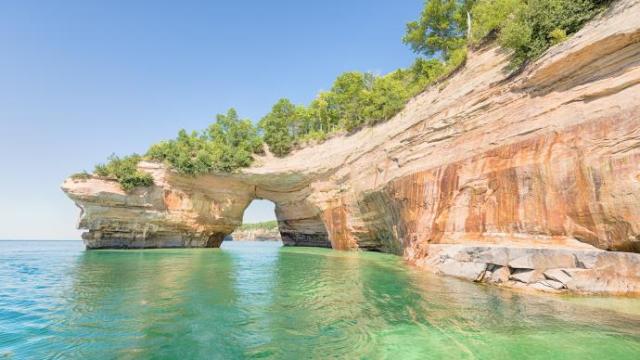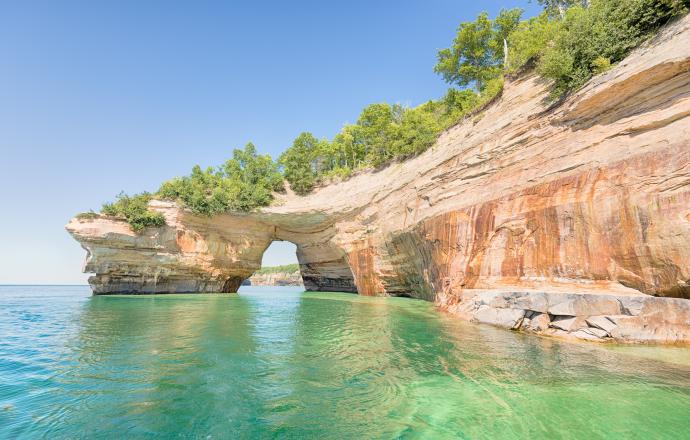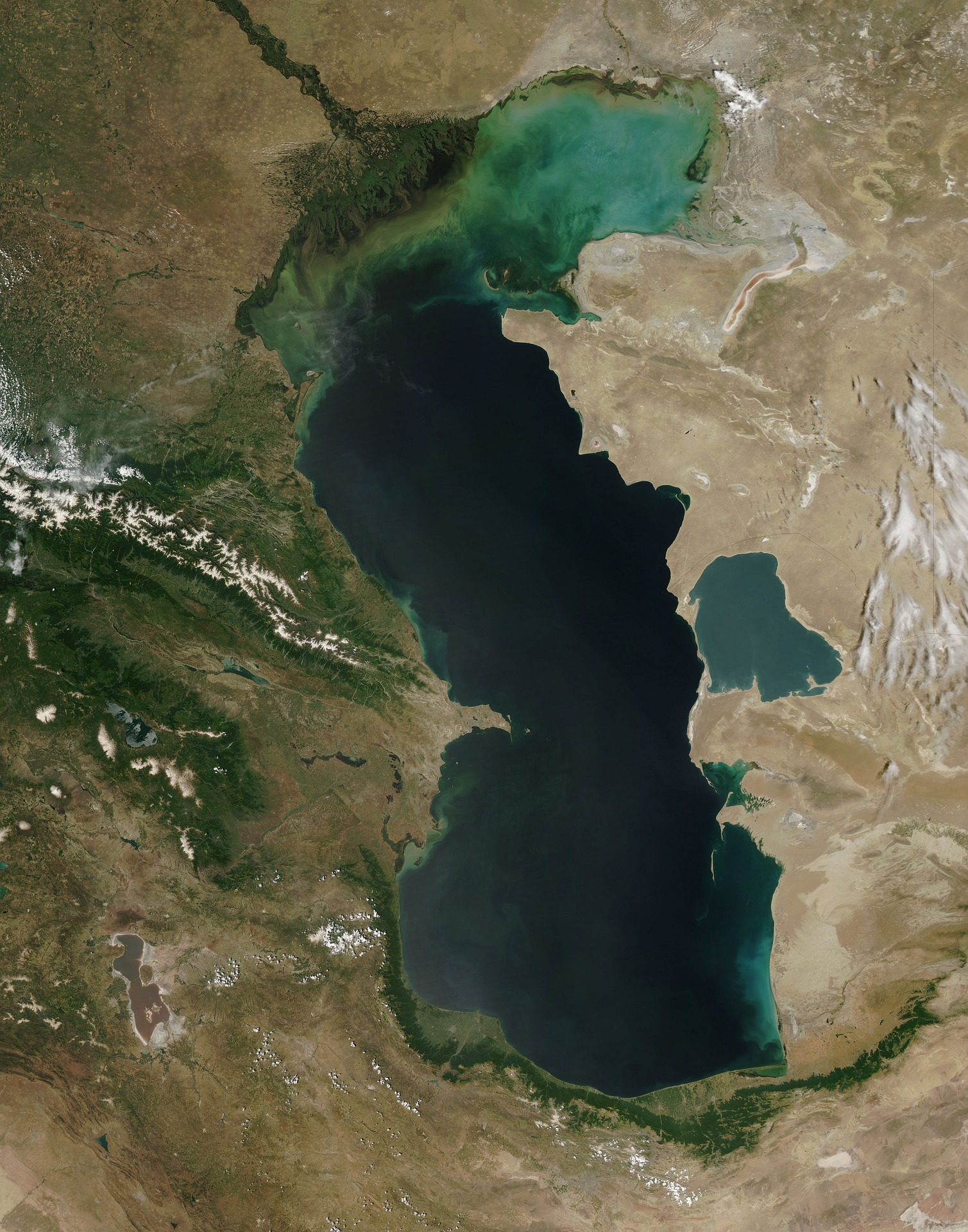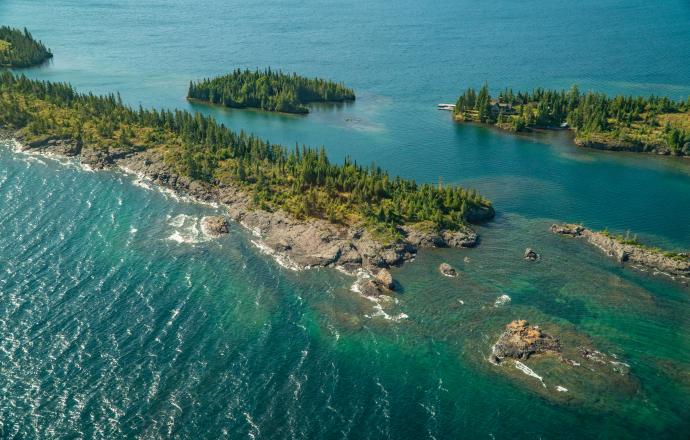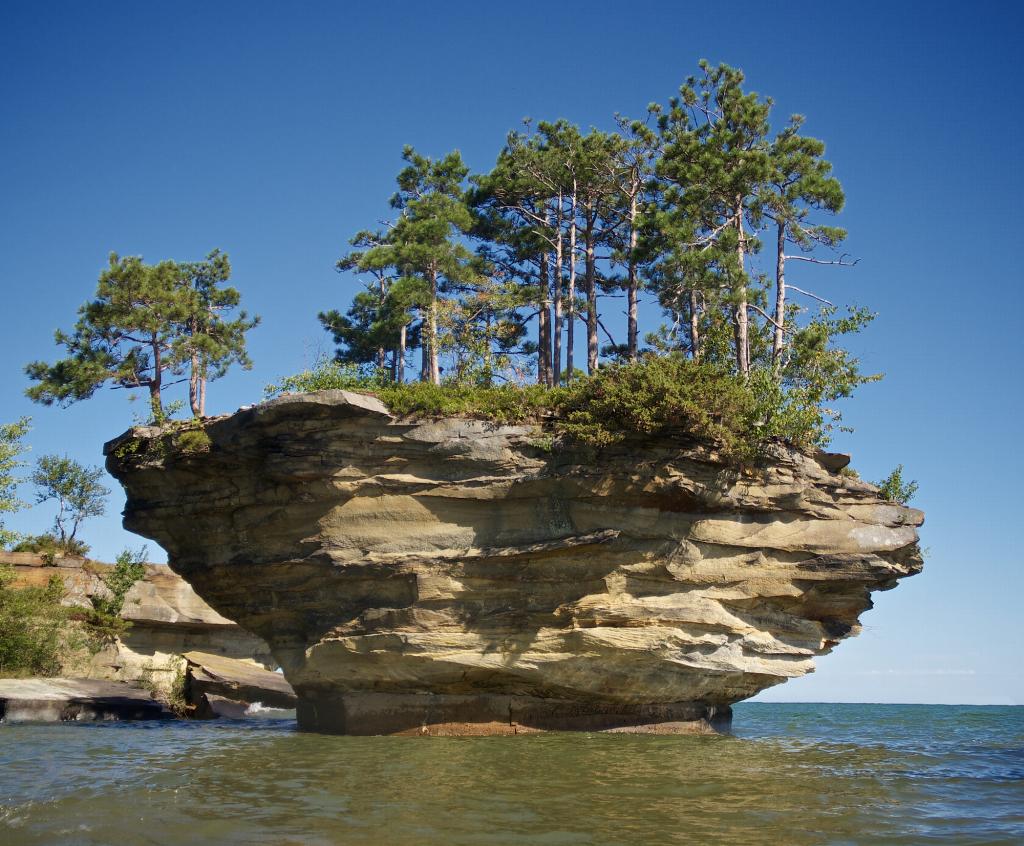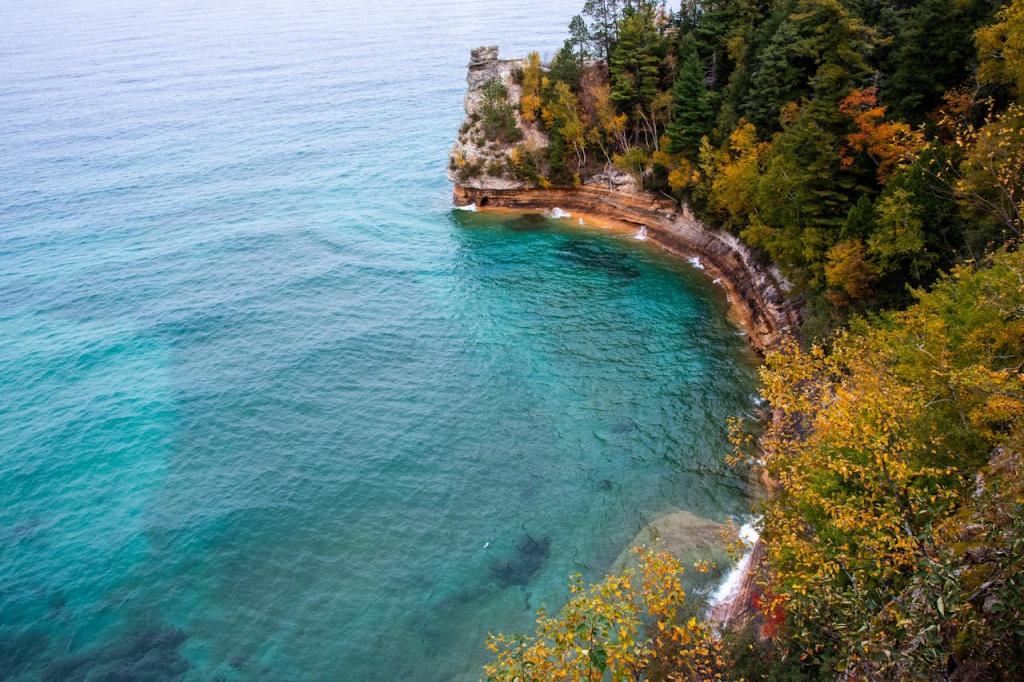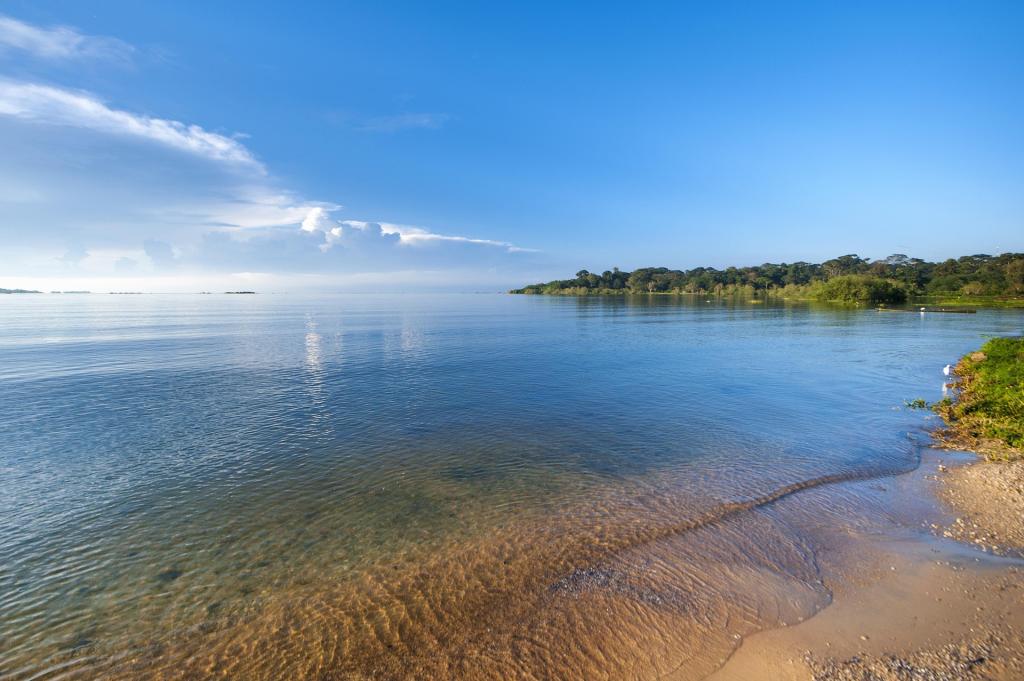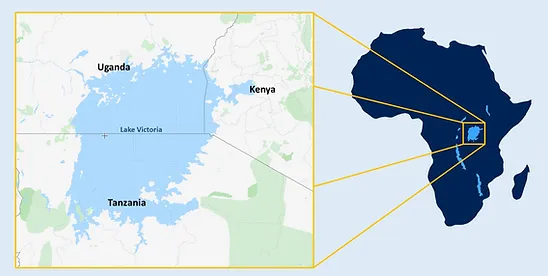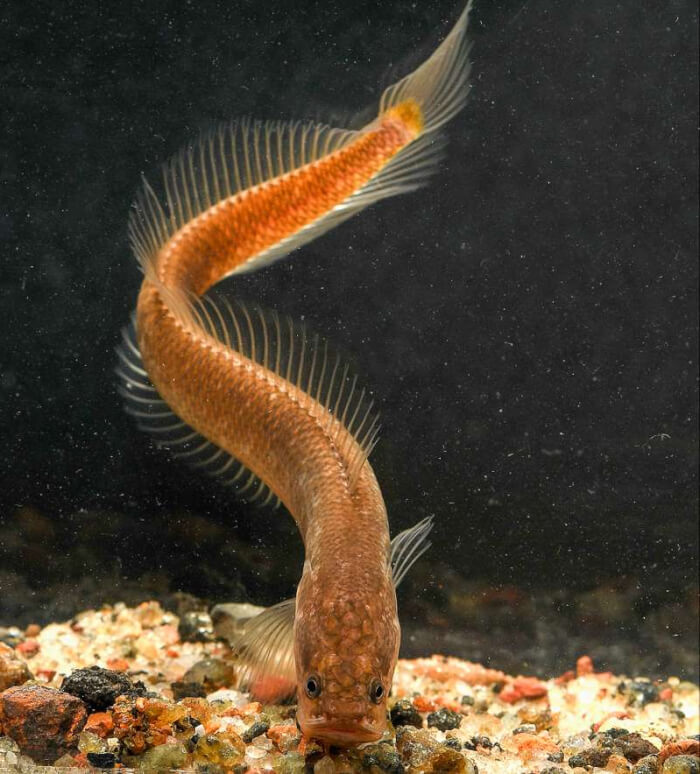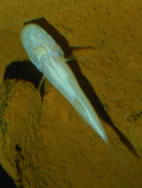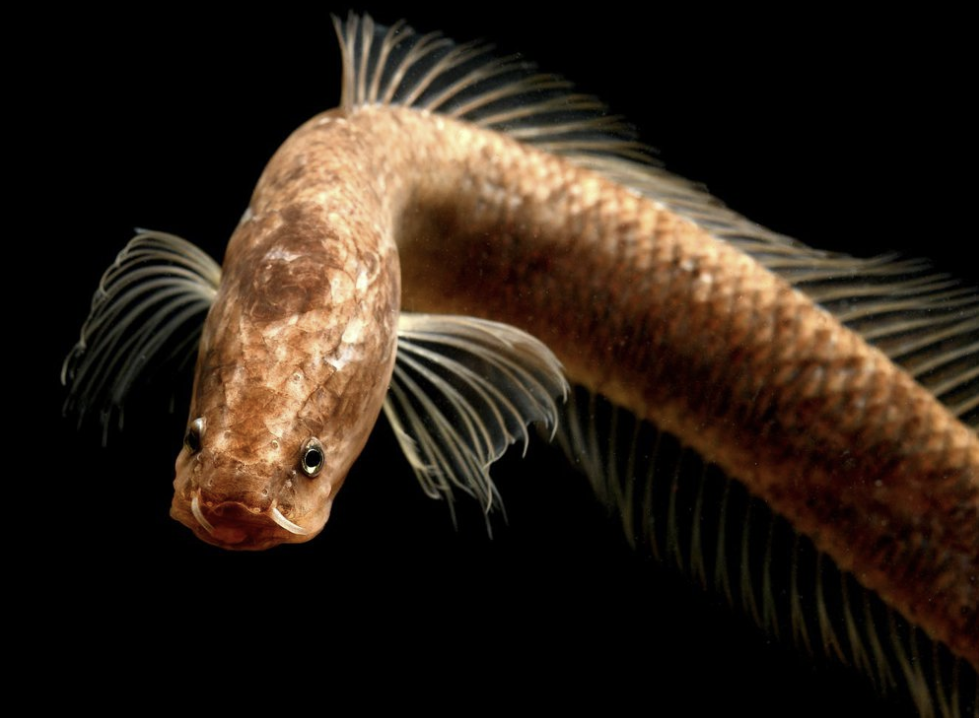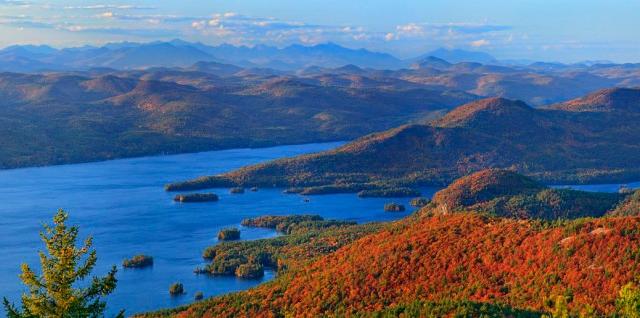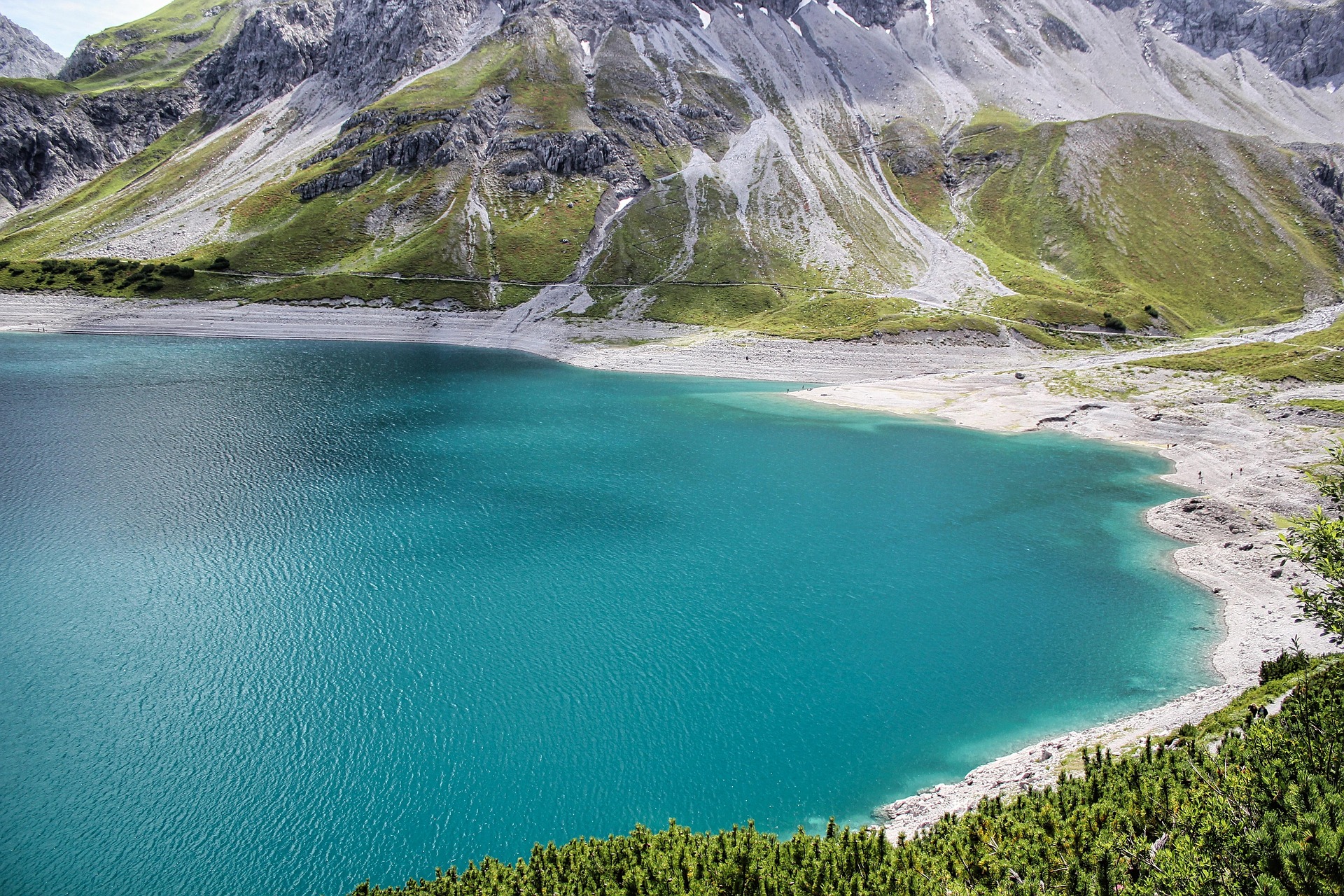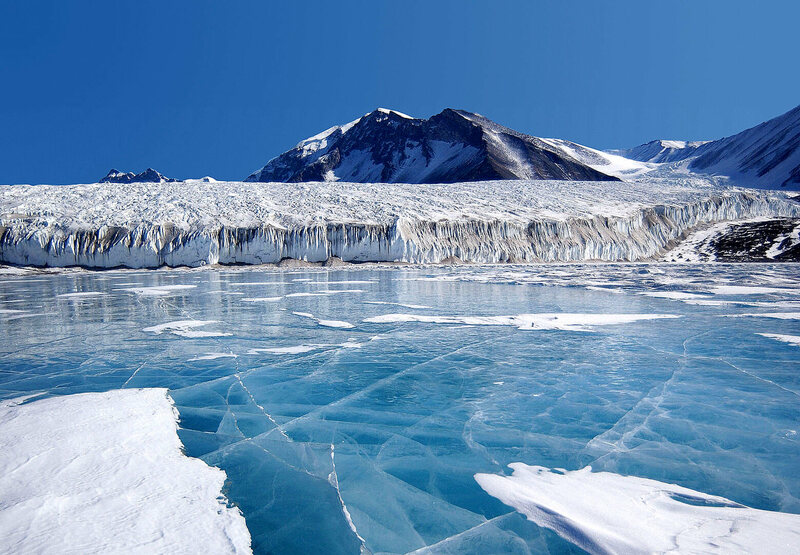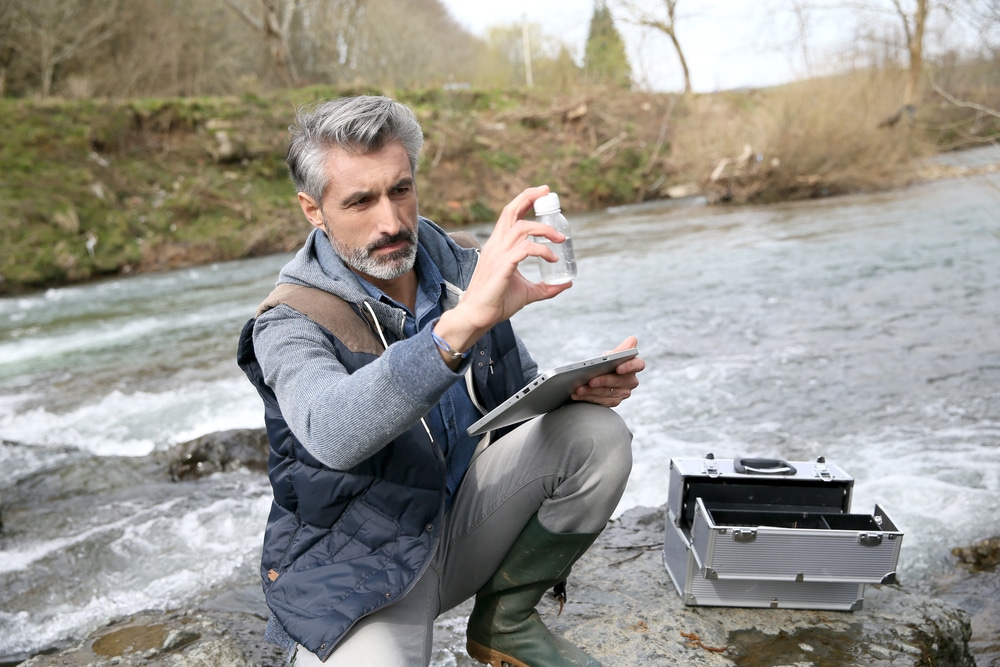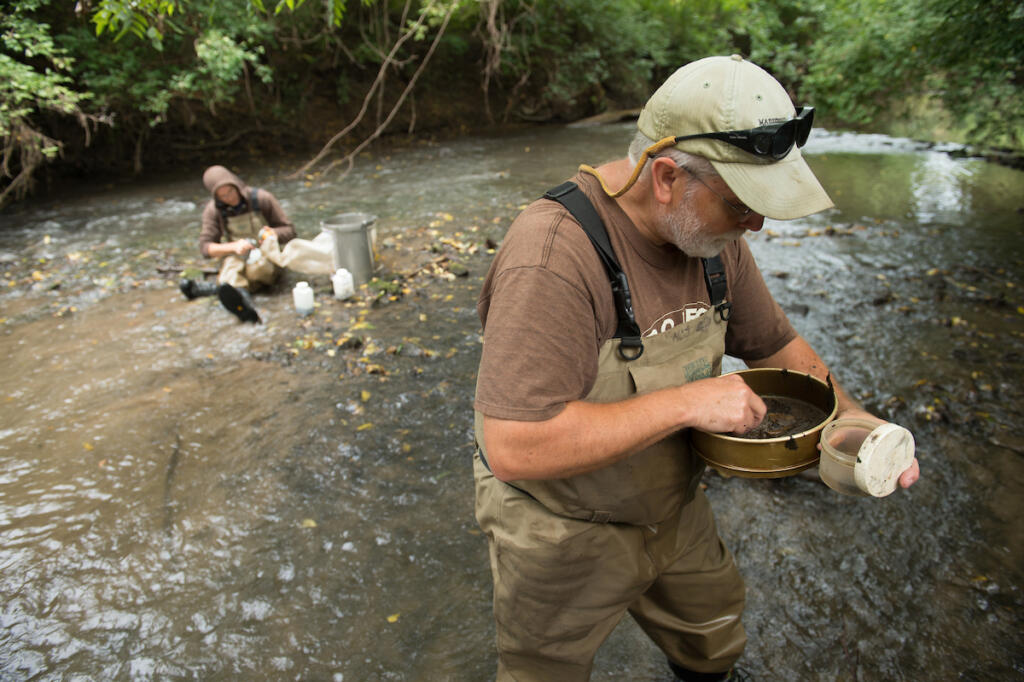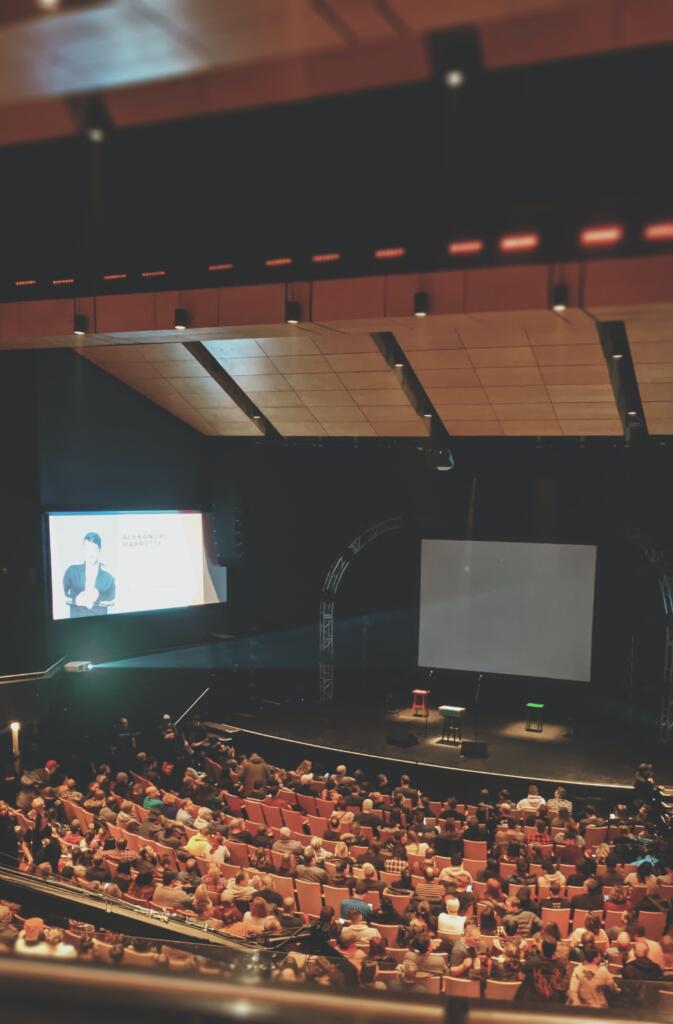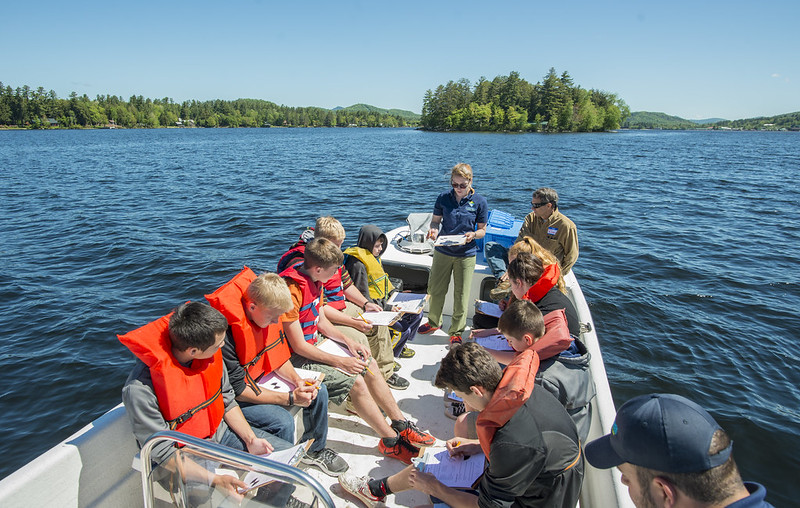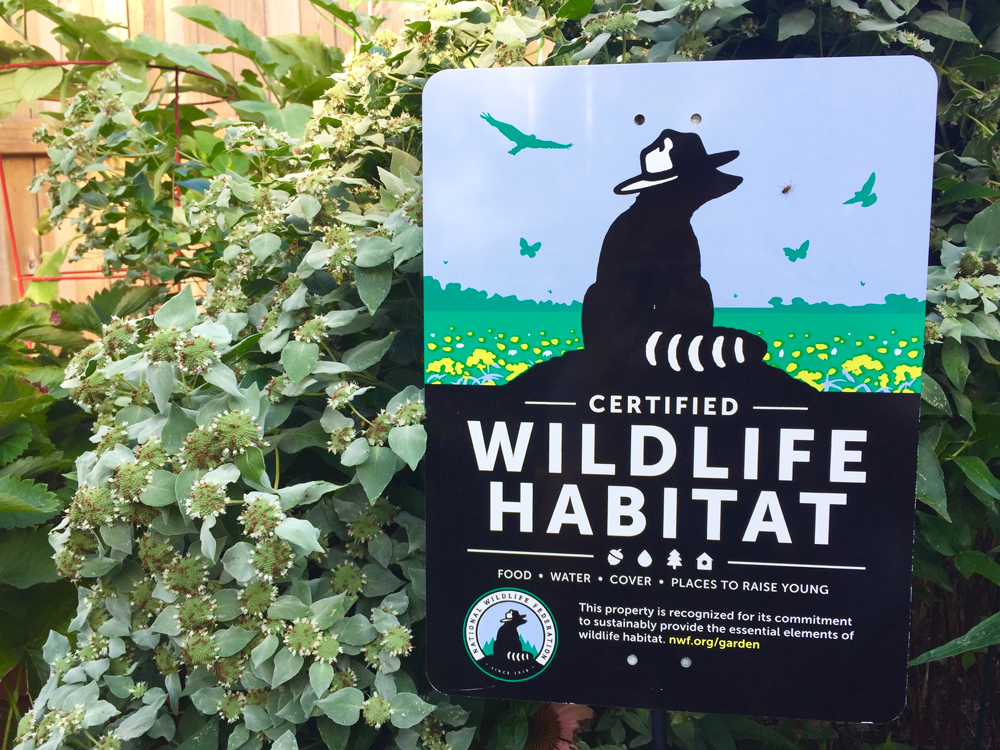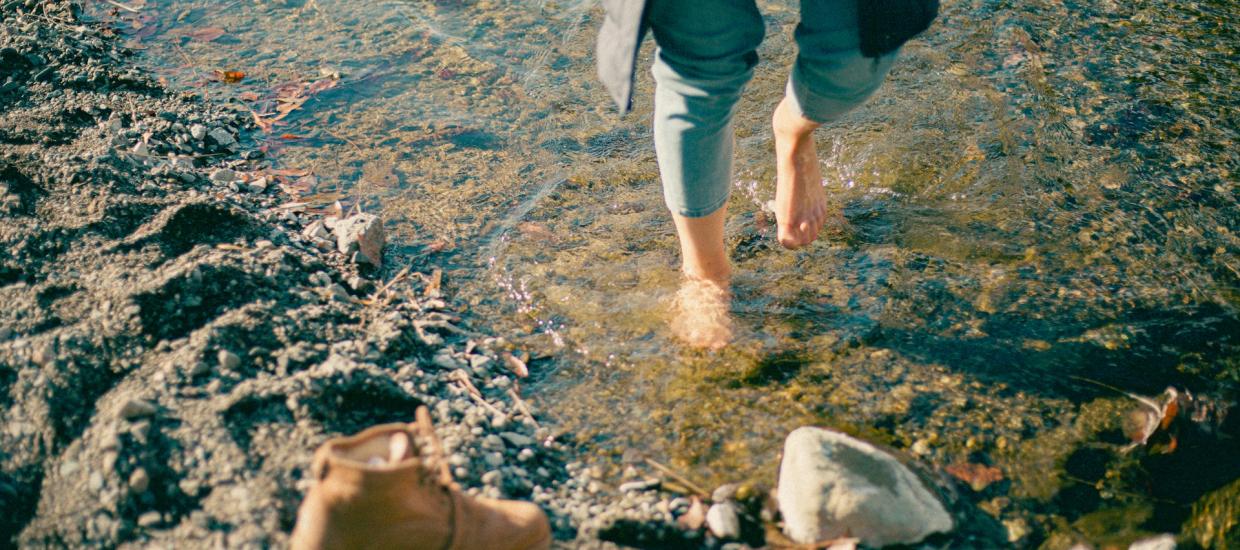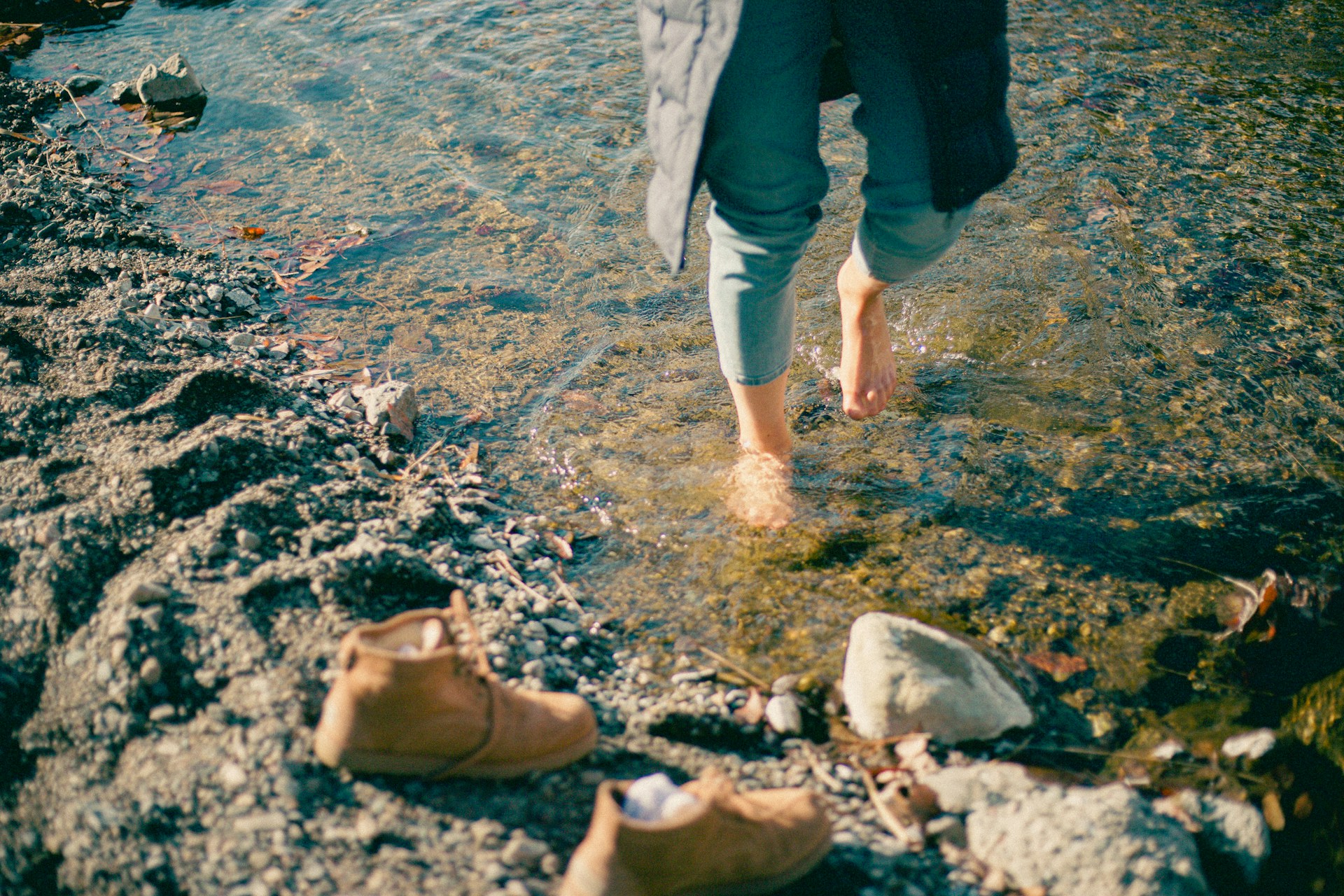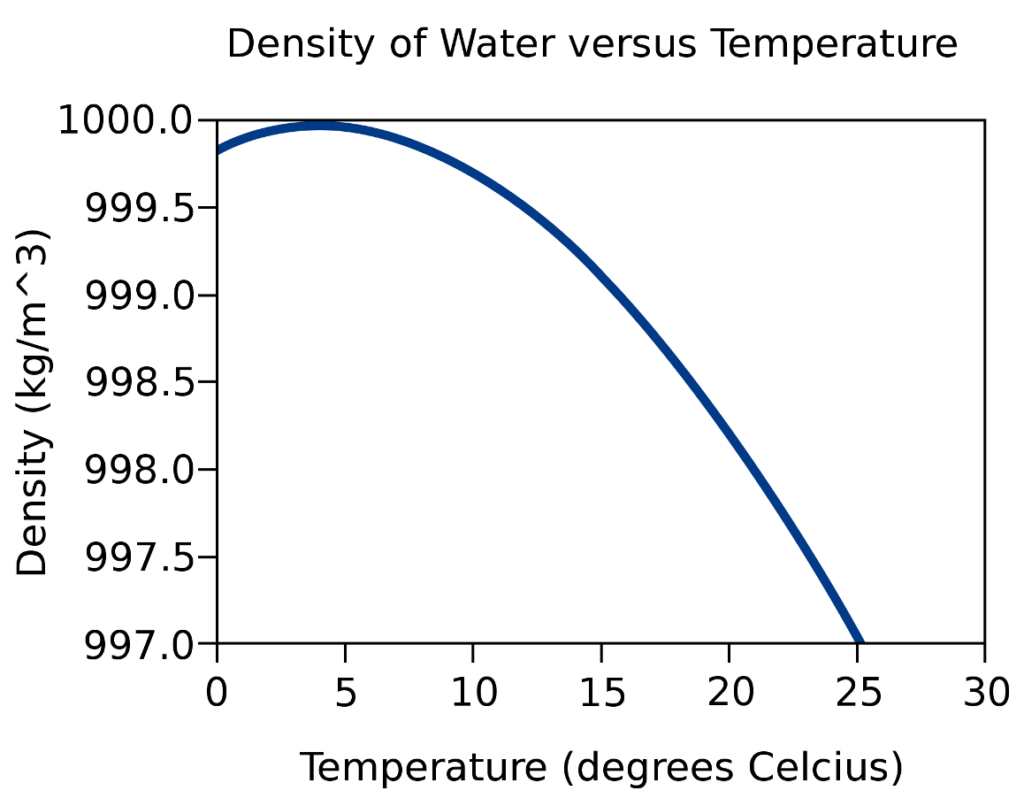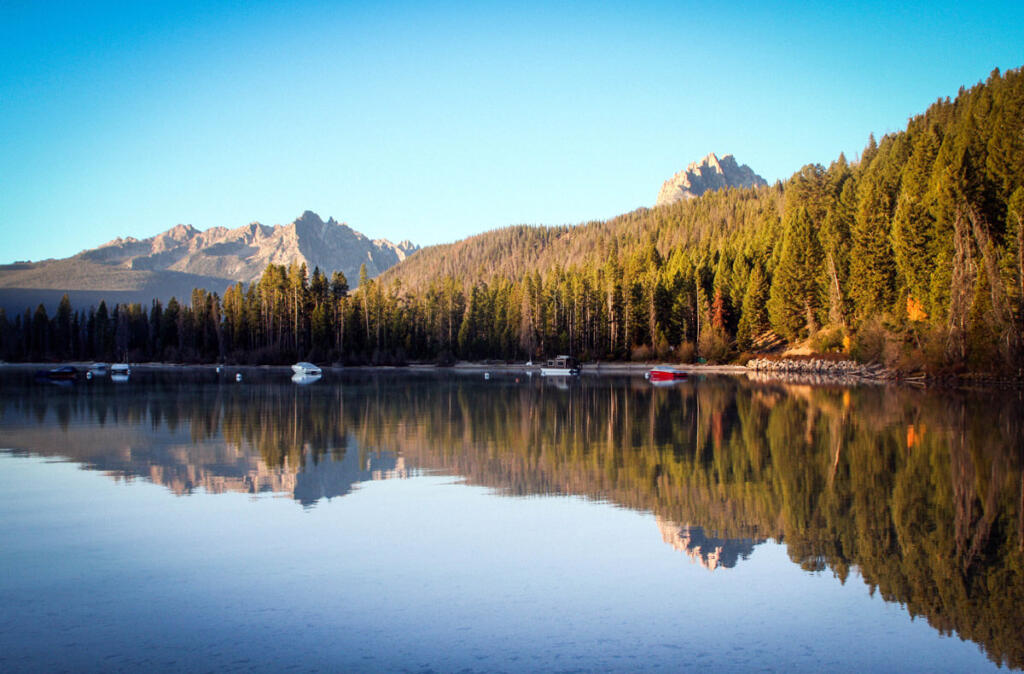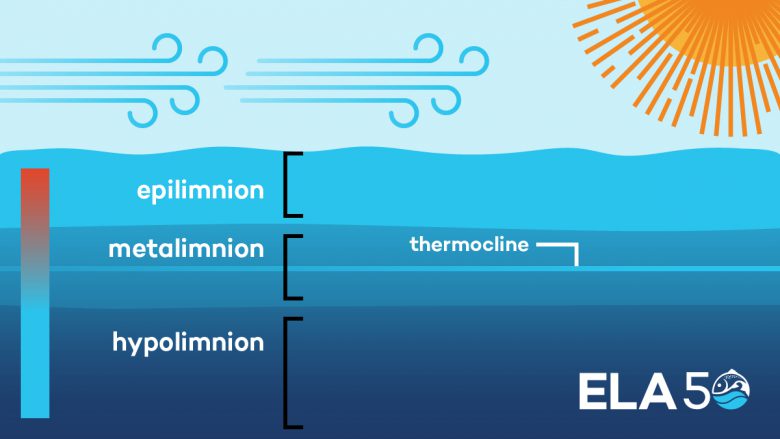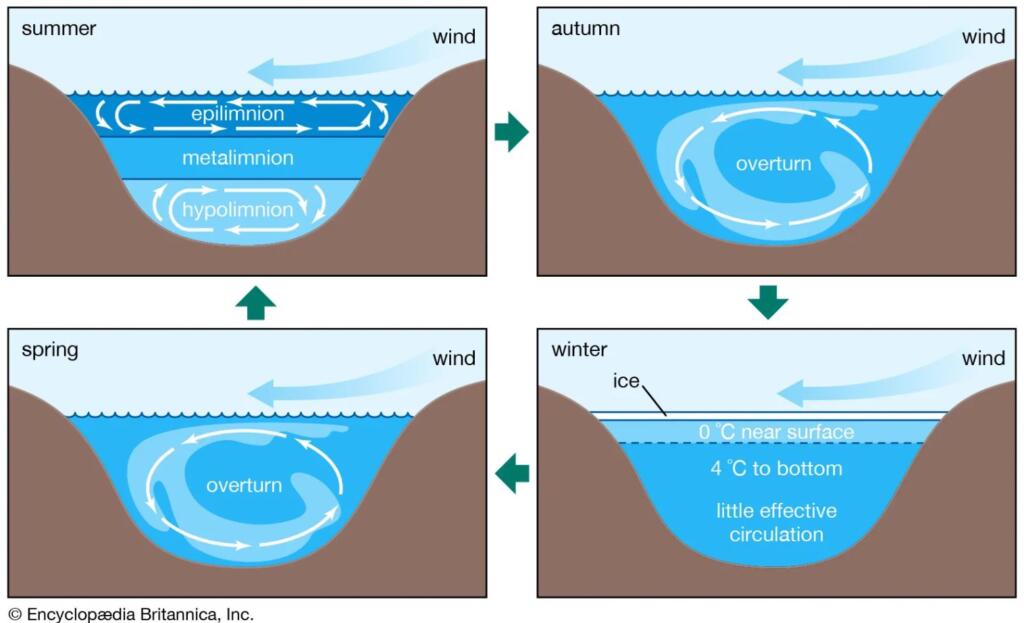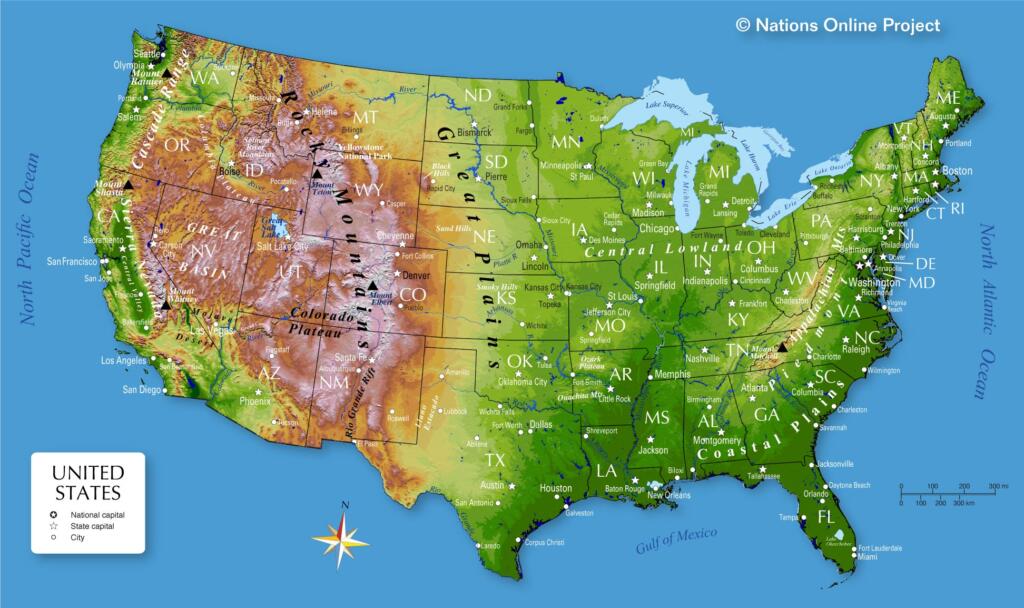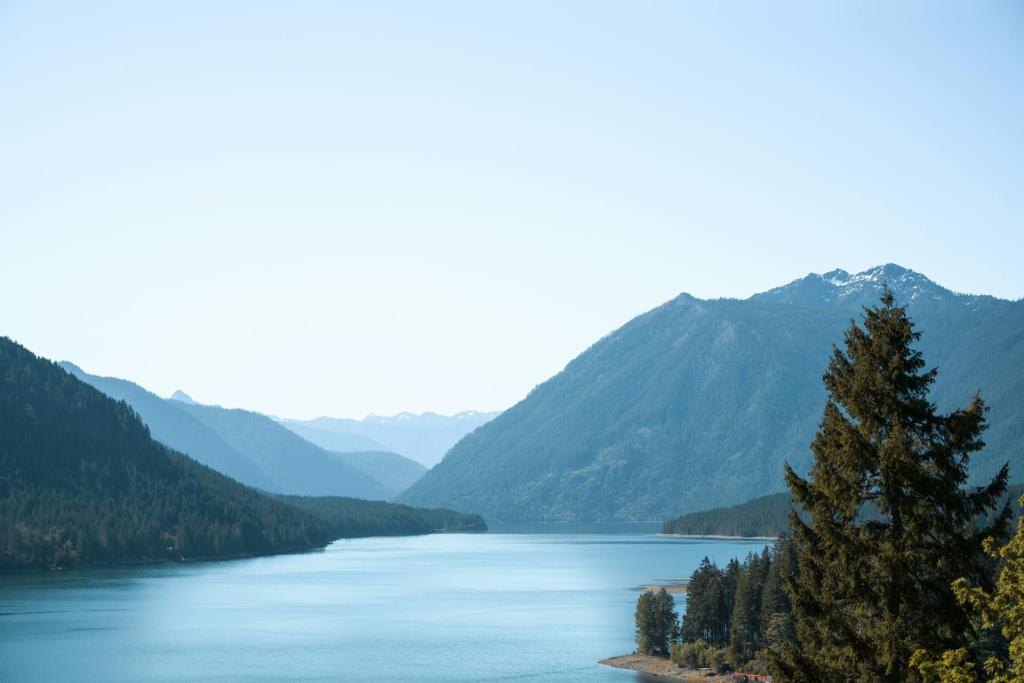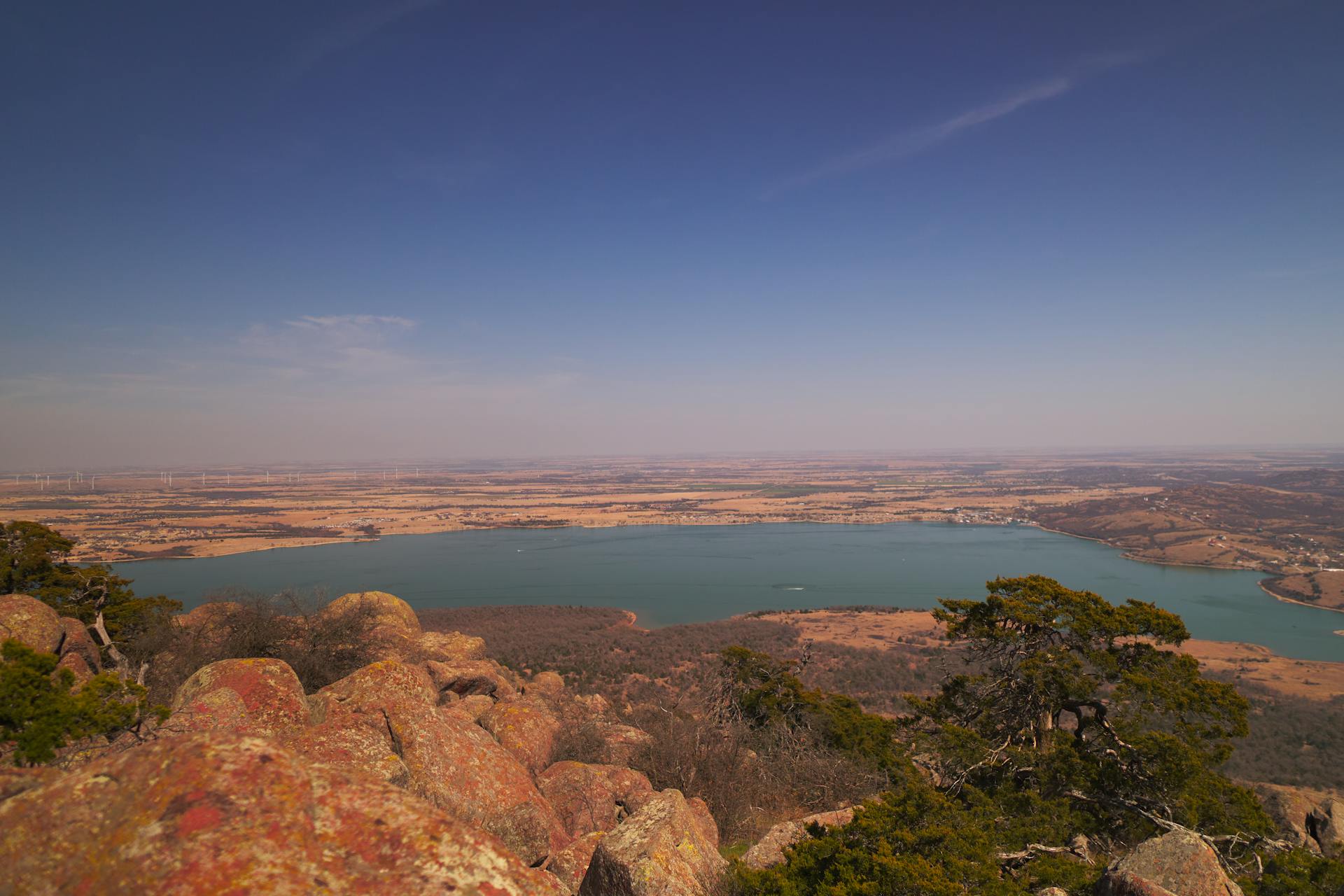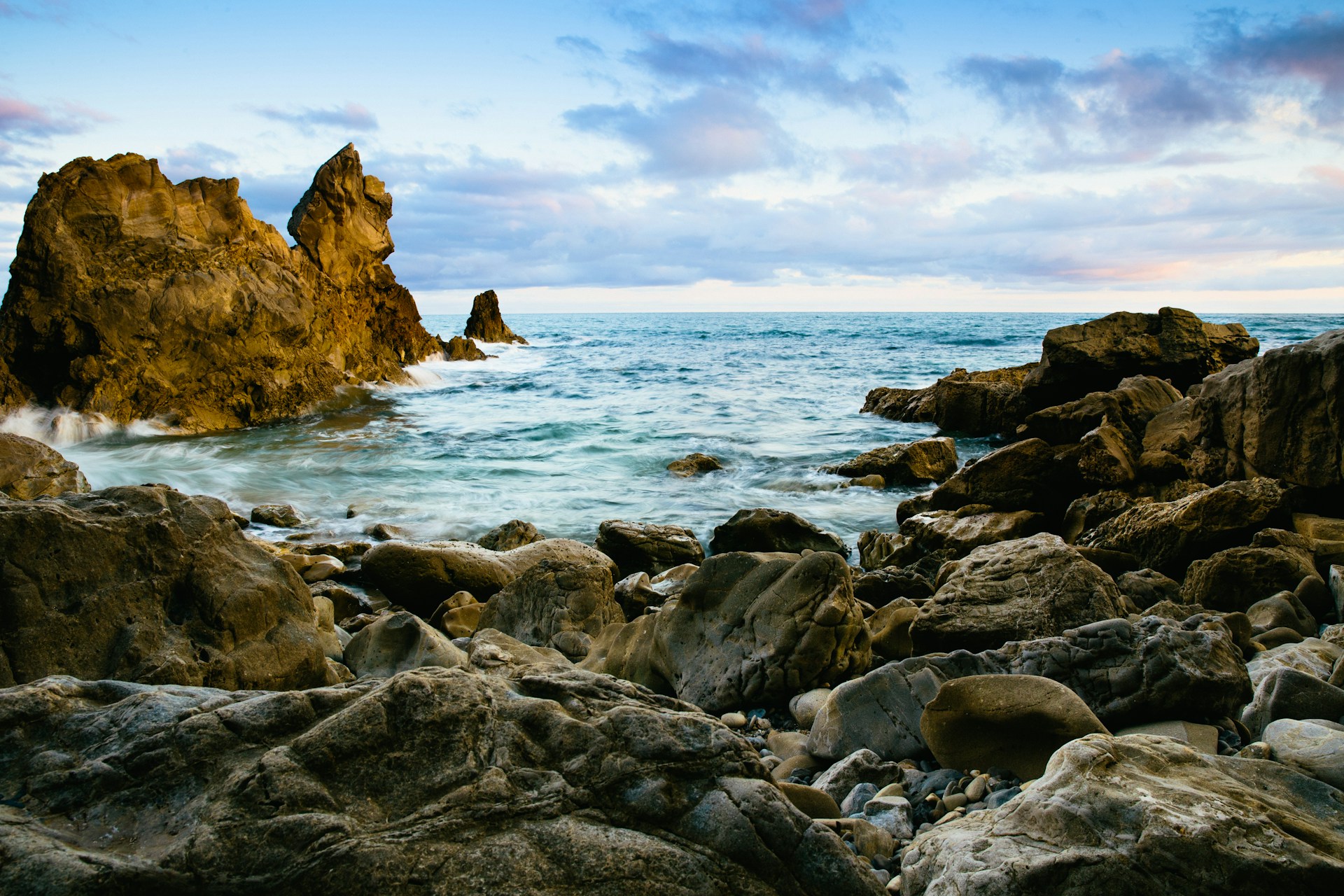Estimated reading time: 5 minutes
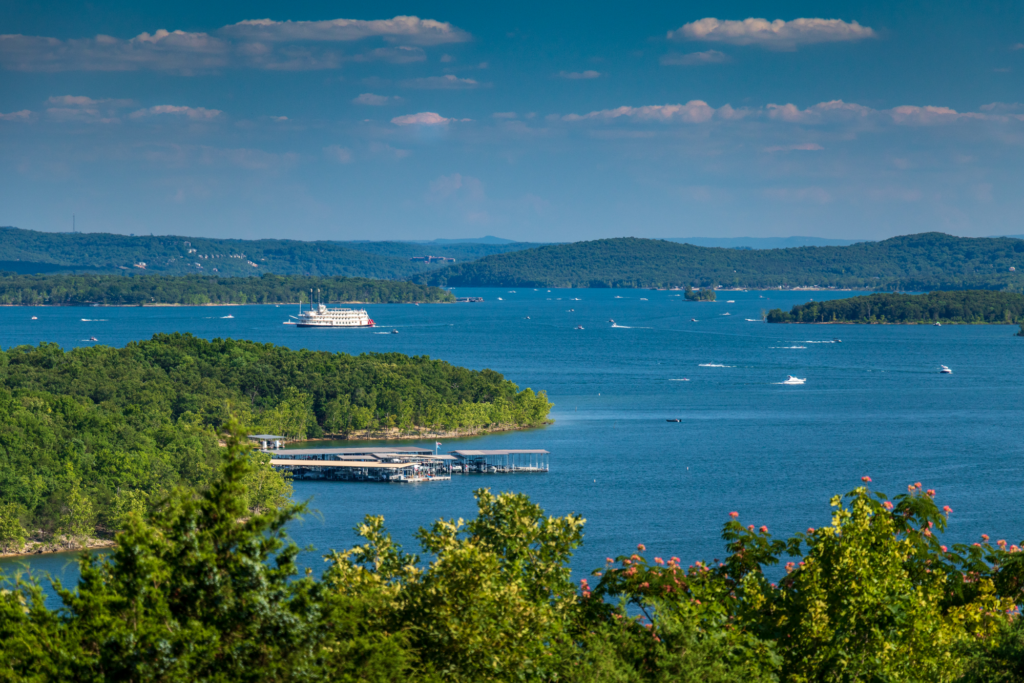
With nearly 800 miles of shoreline, Table Rock Lake is one of the most popular recreation destinations in Arkansas and Missouri. From boating and fishing to parasailing, there’s no shortage of outdoor activities. It’s one of the most famous fishing destinations in the country, especially known for white and spotted bass, crappie, and bluegill. While you’re there, you can also hop on the Branson Belle Showboat for dinner and a show. While this lake is closest to the town of Branson, Missouri, it attracts visitors from all parts of the country. Today, we’re covering 5 facts about what makes Table Rock Lake so special.
It’s Famous for Fishing
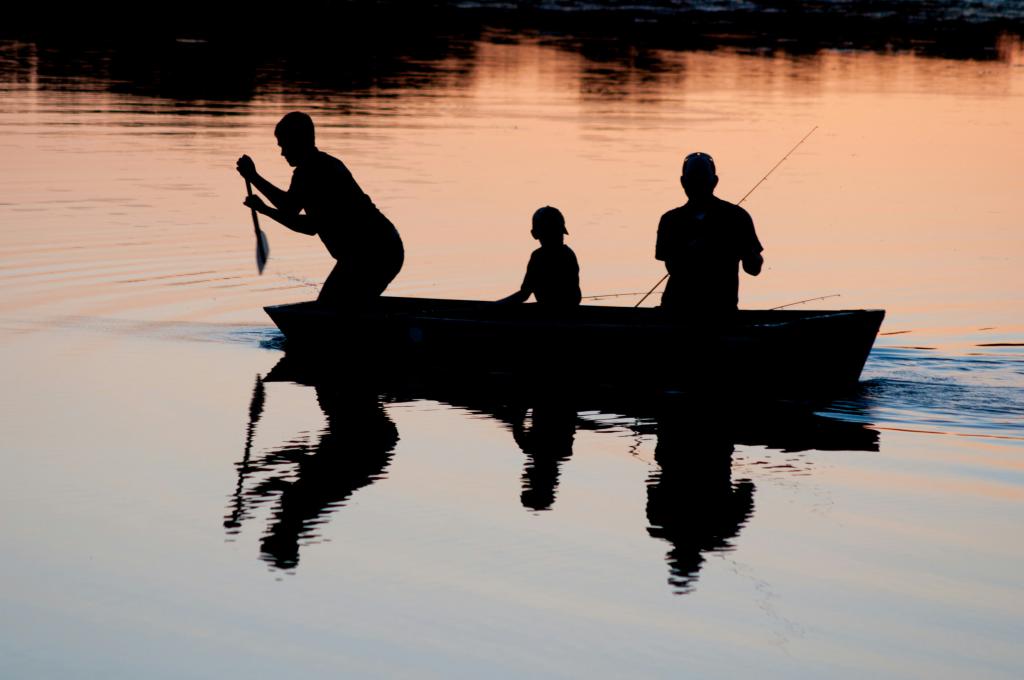
First off, Table Rock Lake is one of the premier largemouth bass fishing lakes in the United States. In addition to black bass (largemouth, smallmouth, and spotted), it’s also home to an abundance of white bass, crappie, bluegill, and catfish. In part, this large fish population is the result of a successful fish management program. According to the Missouri Department of Conservation, fishing for paddlefish and black bass should be excellent this year. Naturally, the lake hosts several bass fishing tournaments, including the Big Bass Tour with a guaranteed prize of $53,000 for the largest bass caught.
Table Rock Dam Helps Flood Control
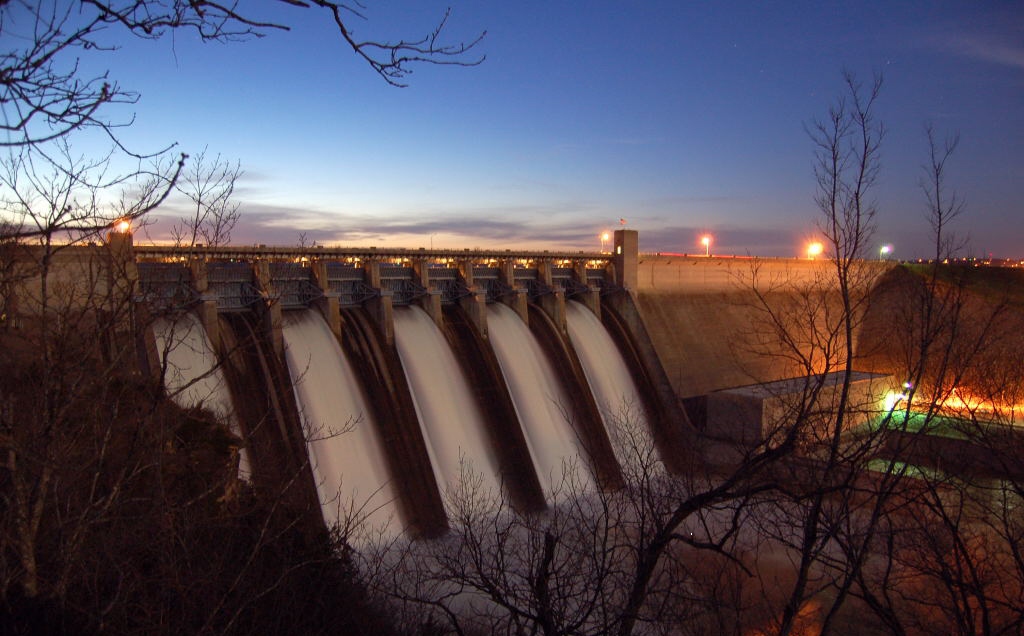
Table Rock is a human-made lake originally intended to manage flood control on the White River. In 1941, the Table Rock Dam was authorized by the Army Corps of Engineers, but the Korean War and WWII delayed the dam’s construction until the mid-1950s. Table Rock Dam is the second dam (out of four) on the White River before it flows into the Mississippi. To this day, it continues to accomplish its mission of controlling potential floods. Specifically, when the reservoir rises above the maximum flood pool, excess water trains into the dam’s spillway. Its capacity includes more than 3 million acre-feet for both flood control and hydroelectric power combined.
It’s Great For Hiking Enthusiasts

In addition to Table Rock Lake’s plentiful attractions and natural wonders, the area is also home to Table Rock State Park. In addition to offering a full-service campground and marina, this park is also perfect for hiking enthusiasts. The park’s five trails wind through 365 acres of land, ranging from 124 to 1,194 feet in elevation gain. Before your adventure, you’ll get to choose between easy hikes for the whole family or more arduous trails for a good workout.
A Book Led to Its Popularity

Branson, MO, was originally a small community with only a general store and post office. However, the attractive scenery soon caught the eye of early settlers in the area. Specifically, a writer and minister named Harold Bell Wright wrote the book “The Shepherd of the Hills” after being inspired by the beautiful surroundings, especially Marvel Cave. His 1907 book put Branson, and by extension, Table Rock Lake, on the map. Now, an outdoor venue at Table Rock performs a live reenactment of the novel, which depicts life in the Ozark Mountains in the late 1800s.
It Attracts Famous Performers

One of the first attractions of the budding town of Branson was the Silver Dollar City. The city was founded in 1960, in part due to its proximity to Marvel Cave. Over time, the town became a large entertainment site. As of the early 2000s, Table Rock has been home to more than 100 music venues including Presleys Country Jubilee, Grand Country Music Hall, and Nashville Roadhouse Theater. No matter what time of year you visit, you can always find new live theater and music to see in Branson.
Why wait to check out homes at Table Rock Lake? To immerse yourself in the gorgeous scenery, ample fishing opportunities, and thriving music scene in this lake region, view our listings at Lakehomes.com.

Interested in the beach lifestyle? From beach living to beach real estate, we’ve got the information you need to stay current with “all things beach.” LEARN MORE>>

